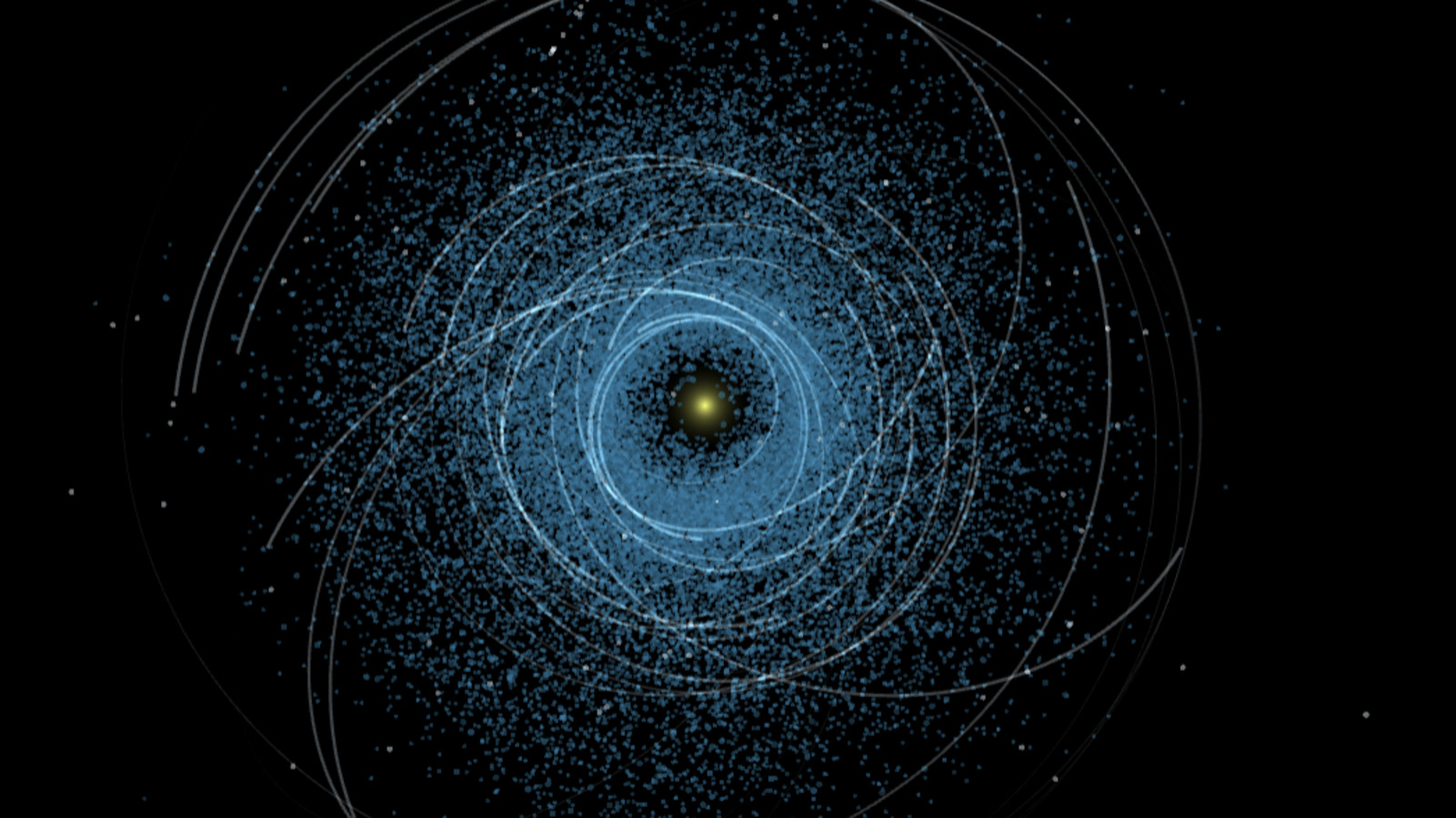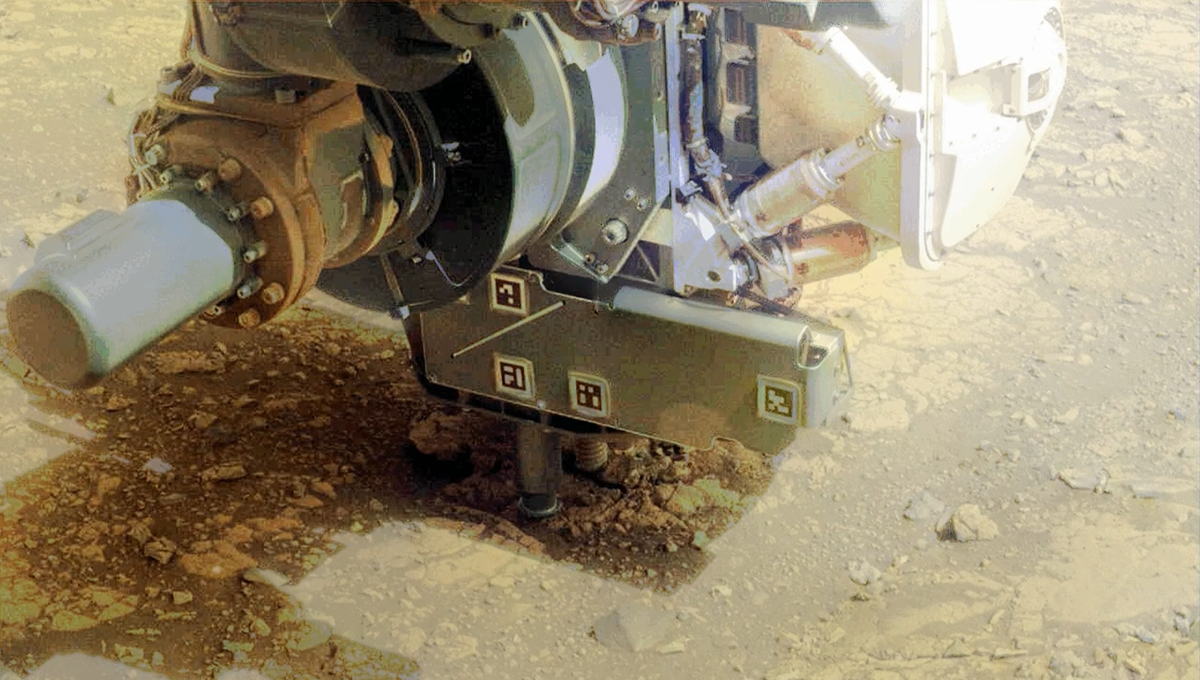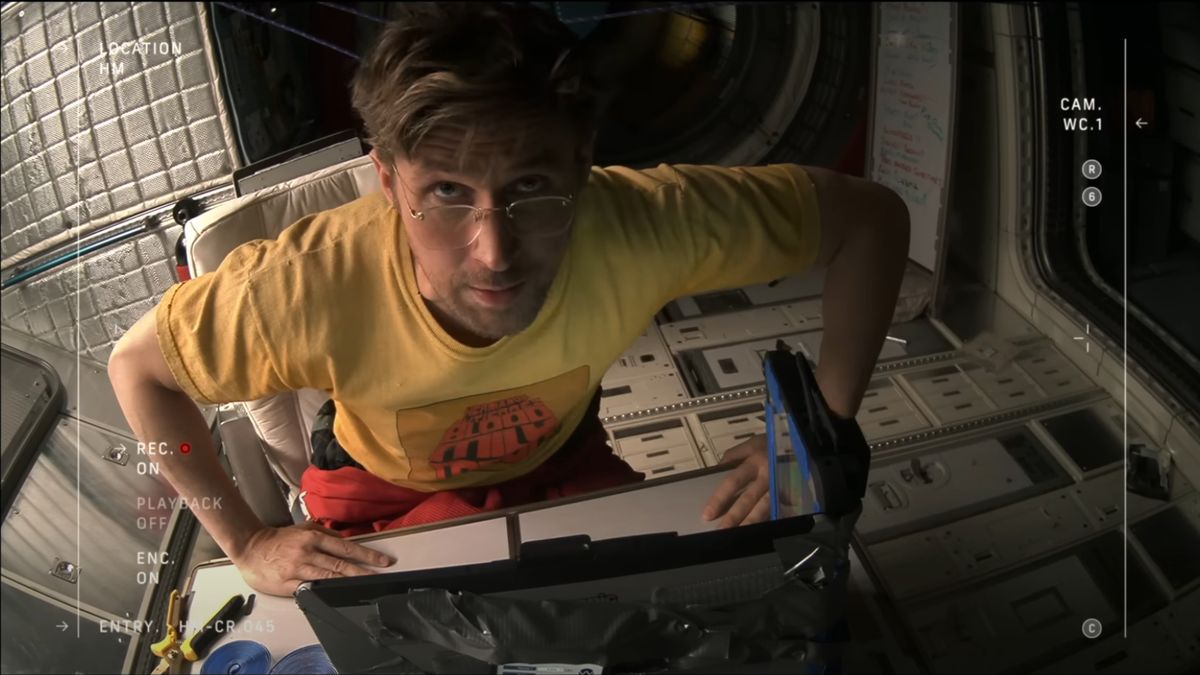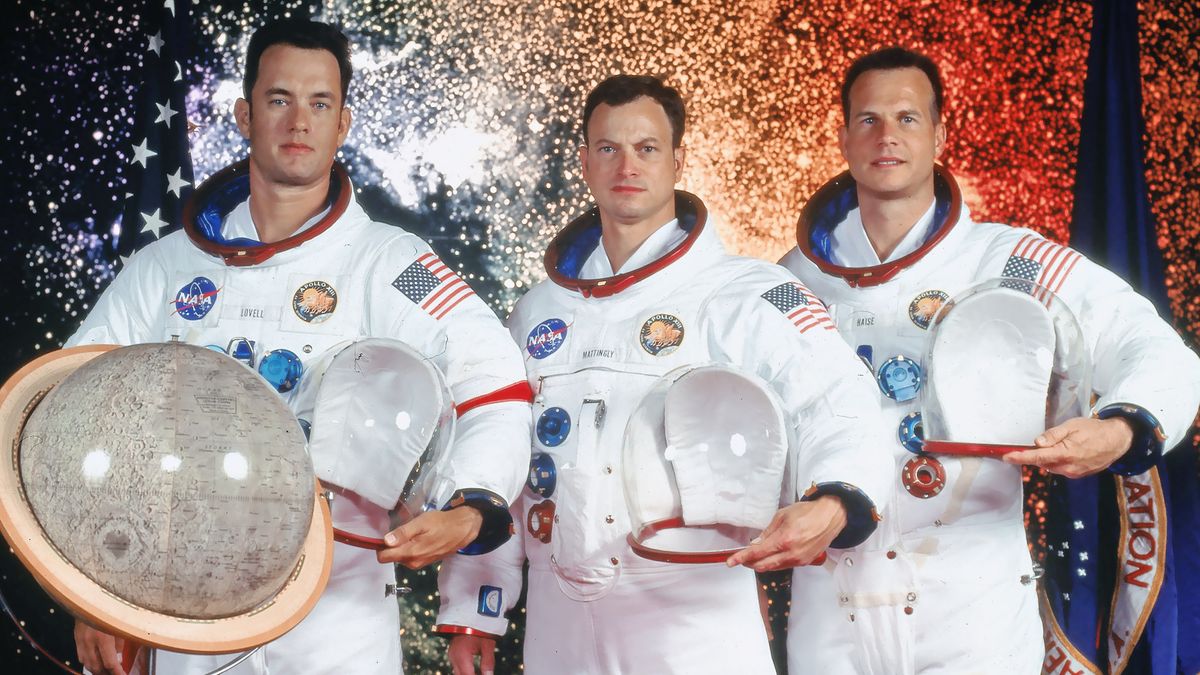World Asteroid Day 2025 is upon us! Here's how you can celebrate the event by livestreaming real-time views of near-Earth asteroids from the comfort of your home.
June 30 is the 10th anniversary of World Asteroid Day, an annual United Nations-backed event wherein partners raise awareness of asteroids, their scientific value and how humanity is working to mitigate the risks posed by these wandering solar system bodies. The date coincides with the anniversary of the 1908 Tunguska event, which saw a large meteor detonate over Siberia, flattening millions of trees and triggering widespread forest fires.
The Virtual Telescope Program has announced a livestream to mark World Asteroid Day on June 30, which will feature real-time views of near-Earth asteroids while discussing the characteristics and impact risks posed by the enigmatic chunks of ancient debris. The stream will be hosted on the Virtual Telescope Project's YouTube channel starting at 5 p.m. EDT (2100 GMT) on June 30 and will be free to watch.
Our planet bears the scars of countless ancient asteroid strikes, the largest of which — such as the Chicxulub impactor — triggered the extinction of countless species, irrevocably altering the evolutionary trajectory of life on Earth.
Thankfully, such events are exceedingly rare. Of the well over 30,000 near-Earth objects that have been discovered and tracked to date, no large asteroid capable of causing wide-spread destruction is expected to strike our planet in the next 100 years, according to NASA's Center for Near Earth Object Studies.
How NASA and its partners are tackling the asteroid menace
Protecting the planet from an impending asteroid strike may once once have been the stuff of Hollywood sci-fi movies, but recent decades have seen the international community take tangible steps towards preparing for a potential asteroid collision.
A Planetary Defense Conference is held each year in which NASA, ESA and its partners work to prevent and react to a hypothetical asteroid impact. Each successive exercise has highlighted fresh challenges surrounding response strategies, ranging from the speed at which missions could be designed and launched to how to best gather intelligence and communicate with the general public.
Of course preparations have also extended far beyond tabletop simulations. September 2022 saw NASA's Double Asteroid Redirection Test (DART) made history when it slammed into the surface of the 160-meter-wide (252 feet) moonlet Dimorphos, which forms a binary pair with the larger asteroid Didymos. The mission proved that a kinetic impact could significantly deflect the trajectory of a small solar system body and so may be a viable strategy for defending Earth. The Didymos system is set to be visited by the European Space Agency's Hera mission in December 2026, which will observe the aftermath of the impact.
A new asteroid hunter enters the fray
On top of that, telescopic eyes are constantly scanning the night sky for evidence of potentially hazardous near Earth objects moving against the starfield beyond. The coming years will see these efforts significantly bolstered by the powerful telescopic eye of the Vera Rubin observatory.
The Rubin Observatory's primary mission is to scan the entirety of the southern hemisphere night sky from its vantage point atop mount Cerro Pachon in Chile in a bid to shed light on the mysterious force known as 'dark energy' and an invisible component of the universe called 'dark matter'. However, its initial observations have also highlighted its credentials as an asteroid hunter.
TOP TELESCOPE PICK

Want to see asteroids in the night sky? The Celestron NexStar 4SE is ideal for beginners wanting quality, reliable and quick views of celestial objects. For a more in-depth look at our Celestron NexStar 4SE review.
Over the course of just a few nights, astronomers were able to identify 2,104 new near-Earth objects as they passed over the Rubin observatory's field of view, with some astronomers estimating that the observatory could find up to five million more over the coming years.
"This is five times more than all the astronomers in the world discovered during the last 200 years since the discovery of the first asteroid," Željko Ivezić, Deputy Director of Rubin's Legacy Survey of Space and Time, said during a press conference unveiling the observatory's first images on June 23. "We can outdo two centuries of effort in just a couple of years."
.png)
 German (DE)
German (DE)  English (US)
English (US)  Spanish (ES)
Spanish (ES)  French (FR)
French (FR)  Hindi (IN)
Hindi (IN)  Italian (IT)
Italian (IT)  Russian (RU)
Russian (RU) 








Comments